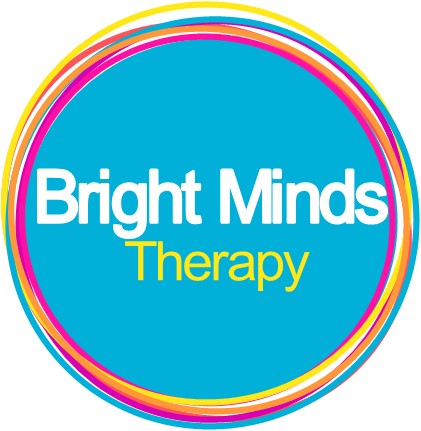Why kids need to get off the couch and get outside
If you were to observe one of my occupational therapy sessions, you will likely see the students smiling and giggling as they do log rolls along the floor, crawl around the room, navigate obstacle courses and try and mimic all sorts of crazy exercises. Some parents and teachers might be wondering how all of this will help their child write their letters correctly, control their emotions, remember their sight words or focus better in the classroom. Here is why...
Physical activity is not only great for our health, but also for our brain! I have no doubt that we have all experienced the cognitive benefits of exercises – such as clarity of thought after going for a walk? Research shows that these benefits are also true for children. In particular, studies have found exercise can improve a child’s attention, memory, self-control, learning and overall academic achievement. But how? What happens to our child’s brain when they exercise?
Well... Your child’s brain is made up of billions of brain cells called neurons. These neurons form connections with one another to carry information around our body and control how we move, think and feel. These brain cells need three things to survive: oxygen, glucose and stimulation, and physical activity provides the brain will all three!
Physical activity increases blood flow to brain, which carries oxygen and glucose with it, to feed our neurons and enable them to perform their functions efficiently. However, what I find most interesting, is how physical activity stimulates our brains.
The formation of connections between neurons in our brain is dependent on stimulation. As adults, we have built strong neural connections through experiences that allow us to carry out daily tasks easily and efficiently. Whilst children have neurons just like us, the connections between theirs are still forming and not as strong. The more stimulation those neurons receive, the stronger their bond becomes. On the other hand, if those neurons do not receive enough stimulation and are weak they will be pruned away and essentially lost.
Physical activity and the associated sensory experiences are a great way to stimulate and strengthen neural connections in our brain, which will not only improve their motor skills but also their cognitive skills! This is because the areas of the brain involved in movement are also involved in cognitive functions such as goal-directed behaviour, inhibition (self-control), memory, selective attention, task switching, decision making, flexibility and so on.
If you think about it, many physical activities use similar brain processes as cognitive activities. Let’s use the simple game of chasey/tag as an example. The child is required to create, monitor and modify a cognitive plan to be successful at the task and not get caught. They need to think of where to run (planning and decision making), keep watch of the person chasing them (memory and task switching), alter their running route if the person is getting to close (flexibility) and be aware of their surroundings but ignore irrelevant information/sounds (selective attention) etc. In essence, this physical activity is providing stimulation to the neurons in your child’s brain which control higher-cognitive functions and therefore strengthening the connections needed for learning.
It is important to note that connections in the brain which have not been stimulated enough are pruned away, just as we throw away things that are no longer of use to us. With the increasing amount of time children spend watching television, playing on computers and fixated by apps on iPads/phone, I worry about the connections in the brain that will fail to develop and eventually disappear without the appropriate stimulation.
So, let’s get those kids off the couch and running around! Even as little as 90 minutes of moderate physical activity has been shown to improve children’s academic achievement in the areas of reading, spelling and mathematics.
